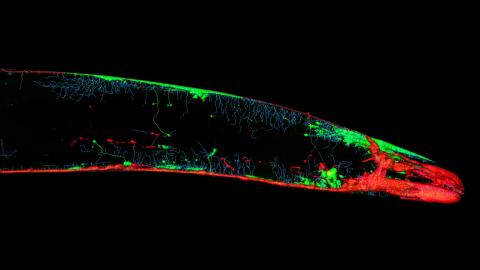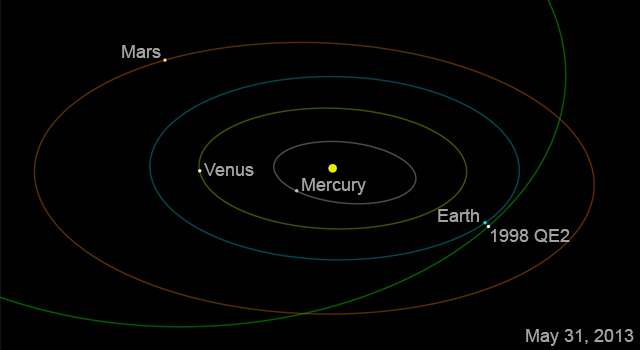Digital Roundworms and the Approaching Singularity

What’s the Latest Development?
Computer scientists and artificial intelligence experts say that a project to create digital roundworms represents an essential stepping stone toward the fusion of life and non-life. The project, called OpenWorm, is an opensource effort to elucidate the principles of life through a computer program. “If you’re going to understand a nervous system or, more humbly, how a neural circuit works, you can look at it and stick electrodes in it and find out what kind of receptor or transmitter it has,” said John White, who built the first map of the roundworm’s neural anatomy.
What’s the Big Idea?
If attempts to imitate life using computer technology are to be successful, scientists must translate biological movements, such as the turning of a roundworm’s head, into a matrix of neurons firing in the brain. “More broadly, OpenWorm raises fascinating questions about what we mean when we say something is alive. If and when this project succeeds in modeling the worm successfully, we’ll be faced with a new and fascinating concept to think with: a virtual organism. Imagine downloading the worm and running it in a virtual petri dish on your computer. What, exactly, will you be looking at? Will you consider it to be alive?”
Photo credit: Shutterstock.com





